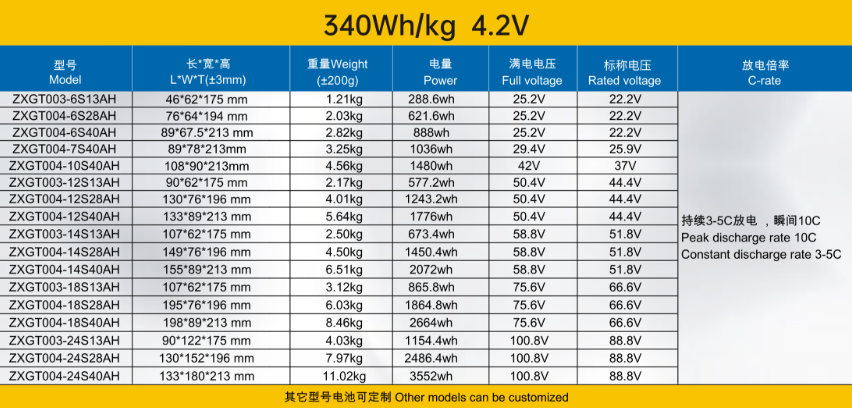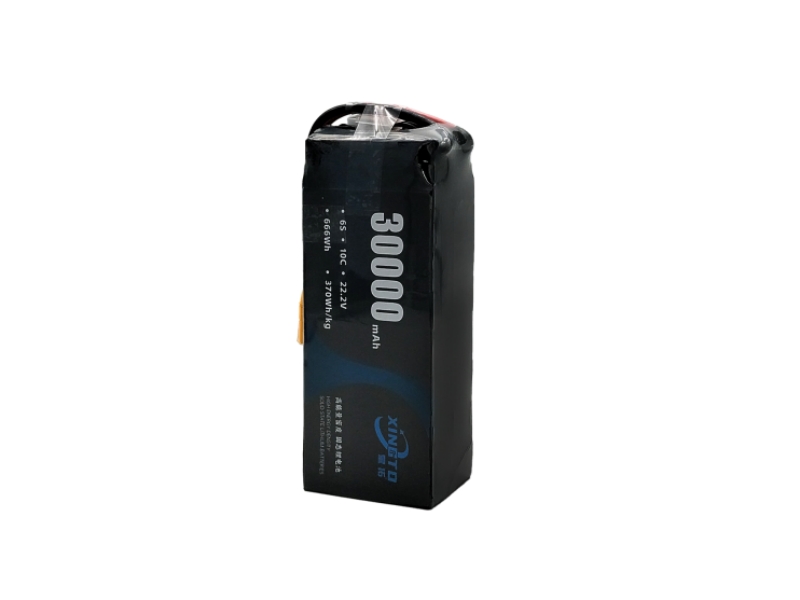Selecting the right LiPo (Lithium Polymer) battery for your drone is critical to maximizing performance, flight time, and safety. Whether you're piloting an FPV racer, an agricultural UAV, or a heavy-lift industrial drone, the wrong battery can lead to poor efficiency, crashes, or even fires. This guide breaks down the key factors to consider when choosing a LiPo battery, with expert recommendations for 2025, including top-tier options like Xingto semi-solid-state batteries.

1. Understand LiPo Battery Basics
LiPo batteries dominate the drone market due to their high energy density, lightweight design, and rapid discharge capabilities. Here’s what makes them ideal for drones:
- Chemistry: Uses a polymer electrolyte (gel-like) instead of liquid, reducing leakage risks.
- Voltage: Each cell delivers ~3.7V (e.g., a 6S pack = 22.2V).
- Energy Density: Ranges from 140–340Wh/kg, outperforming older NiMH or Li-Ion batteries.
Why Choose LiPo?
✔ Longer flight times per gram of weight.
✔ High burst power for maneuvers (e.g., flips, rapid climbs).
✔ Flexible form factors to fit compact drone designs.
2. Key Factors to Consider When Choosing a LiPo Battery
2.1 Voltage (Cell Count/S Configuration)
- Match your drone’s motor requirements. For example:
- 3S (11.1V): Lightweight drones (e.g., DJI Mini series).
- 6S (22.2V): High-performance FPV or industrial drones (e.g., Xingto 6S 17500mAh).
- Critical Rule: Exceeding voltage risks ESC/motor damage; lower voltage reduces power.
2.2 Capacity (mAh/Ah)
- Determines flight duration. Example calculations:
- A 5000mAh battery powering a 10A draw = ~30 mins flight time (50% buffer for safety).
- Tradeoff: Higher capacity = heavier weight (e.g., 30000mAh packs suit heavy-lift drones).
2.3 Discharge Rate (C Rating)
- Defines how quickly the battery can deliver current.
- Formula: Max current = Capacity (Ah) × C rating (e.g., 5Ah × 50C = 250A).
- FPV Racing: 100C+ for instant power bursts.
- Aerial Photography: 20C–50C for steady flights.
2.4 Physical Size & Weight
- Ensure the battery fits your drone’s compartment and doesn’t exceed payload limits.
- Example: Xingto’s 6S 17500mAh weighs 1.57kg, ideal for industrial drones.
2.5 Connector Type
- Common plugs: XT60, XT90, JST. Mismatched connectors cause arcing or poor connections.

3. Advanced Features for Safety & Performance
3.1 Battery Management System (BMS)
- Mandatory for pro drones: Prevents overcharging (>4.2V/cell), over-discharging (<3.2V/cell), and overheating.
- Xingto’s BMS: Includes real-time voltage/current monitoring and cooling protocols.
3.2 Temperature Tolerance
- Opt for batteries with -30°C to 60°C operating ranges .
3.3 Cycle Life
- Standard LiPos last 200–300 cycles; semi-solid variants (e.g., Xingto) achieve 800–1000 cycles.
4. Top LiPo Battery Picks for 2025
| Model | Capacity | Voltage | C Rating | Price (USD) | Best For |
|---|---|---|---|---|---|
| Xingto 6S 17500mAh | 17500mAh | 22.2V (6S) | 10C | 146 | Industrial/heavy-lift |
| DJI Intelligent 3850mAh | 3850mAh | 11.4V | 20C | 48 | DJI Mini 3 Pro |
Why Xingto Stands Out:
✔ Semi-solid technology: 20–35% longer flight time vs. traditional LiPos.
✔ Fast charging: 30–60 mins to full (2C rate).
✔ Customization: OEM/ODM support for BMS, capacity, and connectors.
5. Pro Tips for Battery Maintenance
- Storage: Keep at 40–50% charge in a cool, dry place.
- Charging: Use a LiPo-specific charger (e.g., SkyRC Q200). Never exceed 4.2V/cell.
- Disposal: Recycle swollen/damaged batteries at certified centers.
6. Future Trends: Solid-State LiPo Batteries
By 2026, solid-state LiPos (e.g., Xingto’s 340Wh/kg prototypes) will offer:
✔ Safer chemistry (no thermal runaway).
✔ 1000+ cycles with 80% capacity retention.
Conclusion
Choosing the right LiPo battery hinges on voltage compatibility, capacity needs, and discharge rates. For 2025, Xingto’s semi-solid batteries lead in endurance and safety, making them ideal for industrial and high-performance drones. Always prioritize BMS-equipped batteries and follow maintenance protocols to extend lifespan.





